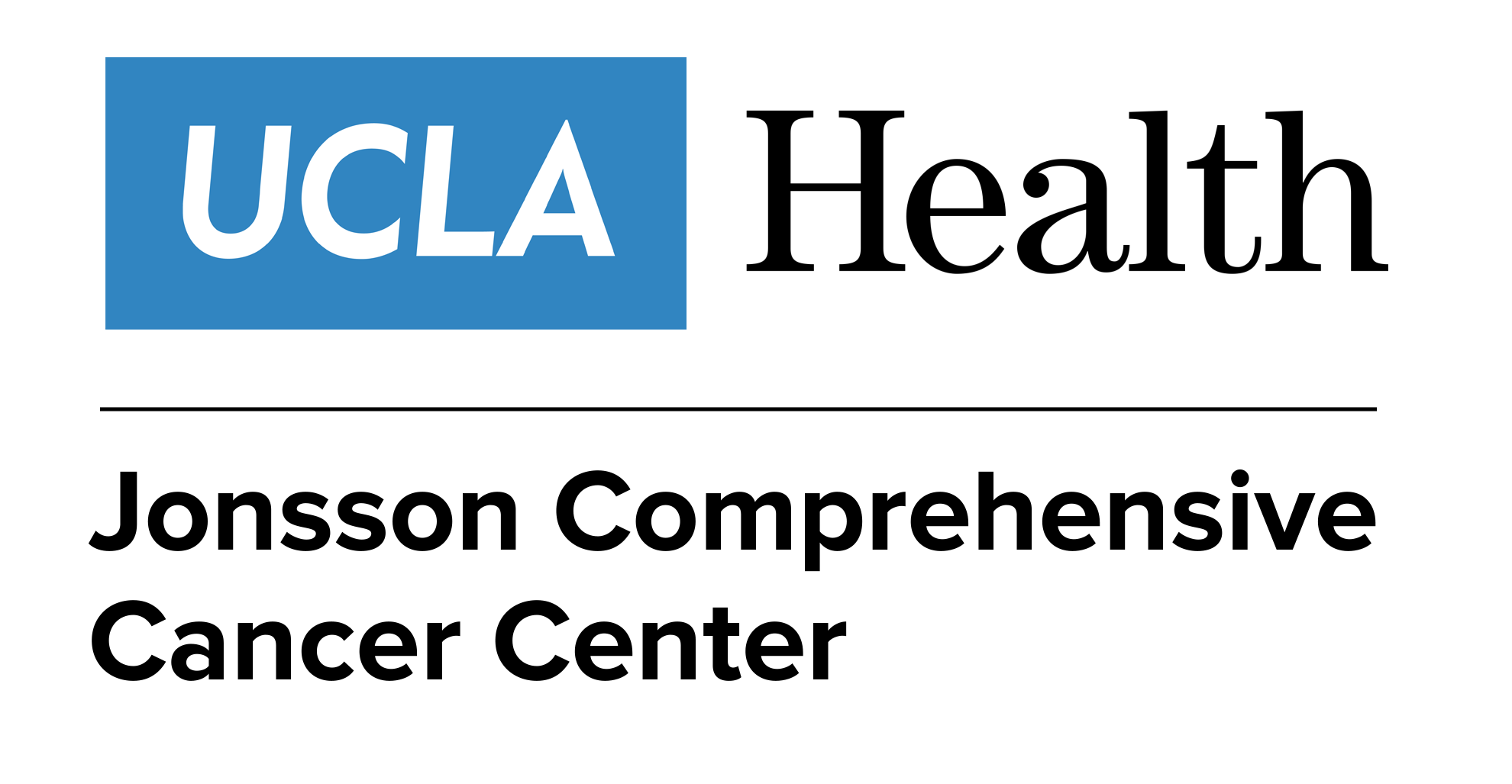- Advertise
- About OncLive
- Editorial Board
- MJH Life Sciences brands
- Contact Us
- Privacy
- Terms & Conditions
- Do Not Sell My Information
2 Clarke Drive
Suite 100
Cranbury, NJ 08512
© 2025 MJH Life Sciences™ and OncLive - Clinical Oncology News, Cancer Expert Insights. All rights reserved.
Hurvitz Highlights Practice-Changing DESTINY-Breast03 Data in HER2+ Metastatic Breast Cancer
Sara A. Hurvitz, MD, medical oncologist and medical director at the Jonsson Comprehensive Cancer Center Clinical Research Unit, discussed pivotal findings in the HER2-positive treatment landscape that possess the potential to change practice.
Data from the pivotal phase 3 DESTINY-Breast03 trial (NCT03529110) demonstrated prolonged progression-free survival (PFS) and higher responses with fam-trastuzumab deruxtecan (Enhertu) vs ado-trastuzumab emtansine (Kadcyla; T-DM1) in the second-line treatment of patients with HER2-positive metastatic breast cancer, solidifying the agent’s place in this setting and its potential use in those with baseline brain metastases, according to Sara A. Hurvitz, MD.1
At a median follow-up of 15.9 months, the median PFS achieved with trastuzumab deruxtecan was 15.0 months (95% CI, 12.5-22.2) vs 3.0 months (95% CI, 2.8-5.8) with T-DM1. A subgroup analysis showed that those who presented with brain metastases experienced an improved objective response rate (ORR]) of 67.4% (95% CI, 51.5%-80.9%) vs 20.5% (95% CI, 9.3%-36.5%) with T-DM1. Those with brain metastases also experienced a lower rate of progressive disease with trastuzumab deruxtecan vs T-DM1, at 48.8% and 69.2%, respectively.
“These data are impressive and practice changing, placing trastuzumab deruxtecan firmly into the second-line [setting] after THP [trastuzumab, pertuzumab, and docetaxel] for metastatic disease,” Hurvitz said. “[These data] also call on us to evaluate the use of trastuzumab deruxtecan for patients with active brain metastases. I am excited to see studies, both ongoing and planned, that are evaluating trastuzumab deruxtecan in early-stage, HER2-positive breast cancer. We may see more practice-changing data [from these efforts].”
In an interview with OncLive®, Hurvitz, an associate professor at the David Geffen School of Medicine, the University of California, Los Angeles (UCLA); medical oncologist and medical director at the Jonsson Comprehensive Cancer Center Clinical Research Unit; co-director of the Santa Monica-UCLA Outpatient Oncology Practices; and director of the Breast Cancer Clinical Trials Program at UCLA, discussed pivotal findings in the HER2-positive treatment landscape that possess the potential to change practice.
OncLive®: What were some of the most exciting data to read out last year in the realm of HER2-positive disease?
Hurvitz: Some of the most riveting data that came out of 2021 relating to HER2-positive breast cancer are those that were presented from DESTINY-Breast03; this phase 3 trial had patients randomly assigned to trastuzumab deruxtecan or T-DM1. Patients who were enrolled in this clinical trial had received [prior treatment with] trastuzumab and taxane for their metastatic breast cancer. This study demonstrated a substantial improvement in PFS for those treated with trastuzumab deruxtecan.
At the 2022 San Antonio Breast Cancer Symposium, [data from] a subgroup [analysis] of this study [were] presented, [and we got some insights into] patients who had a history of brain metastases at baseline. In this analysis, the [confirmed] ORR associated with trastuzumab deruxtecan was [67.4]%, which compared favorably with T-DM1, which had a [confirmed] ORR of [20.5]%.
What is the impact of these data on the treatment paradigm?
Based on the DESTINY-Breast03 data, the current practice is to utilize trastuzumab deruxtecan after a patient has received trastuzumab and a taxane in the metastatic setting. These data are practice changing and moved trastuzumab deruxtecan from the third-line position into the second-line position.
What should be top of mind when it comes to risk-adaptive treatment for those with early-stage disease?
To date, we have 4 FDA-approved HER2-targeted therapies for the treatment of [patients with] early-stage, HER2-positive breast cancer. Understanding when to use which agent and which chemotherapy backbone should be leveraged [for each case] can be quite challenging, given [all the] clinical trial data that we have [to consider when] making treatment decisions.
[Key questions that we need to ask ourselves, include:] how to decide whether a patient should be treated in the neoadjuvant or adjuvant setting, how to decide whether a patient can have a de-escalation approach with less chemotherapy or less HER2-targeted therapy, how to decide when to use drugs such as trastuzumab emtansine, pertuzumab [Perjeta], or neratinib [Nerlynx], and [how to incorporate] data from clinical trials that are addressing outcomes for patients who have may have lower-risk, HER2-positive, early-stage disease [into our practice].
[It is also important to be aware of] data related to the omission of anthracycline-based chemotherapy for early-stage, HER2-positive [disease], which, in many ways, has become a new standard and has been incorporated in the current guidelines published by the National Comprehensive Cancer Network.
Several ongoing trials may change the landscape of early-stage, HER2-positive breast cancer very soon. However, at least for now, we [have] an algorithm [that can be used] for the [current] management of [those with] early-stage disease.
Reference
- Hurvitz SA, Kim SB, Chung WP, et al. Trastuzumab deruxtecan (T-DXd) versus trastuzumab emtansine (T-DM1) in patients with HER2+ metastatic breast cancer: subgroup analyses from the randomized phase 3 study DESTINY-Breast03. Presented at: 2021 San Antonio Breast Cancer Symposium; December 7-10, 2021. San Antonio, TX. Abstract GS3-01.


